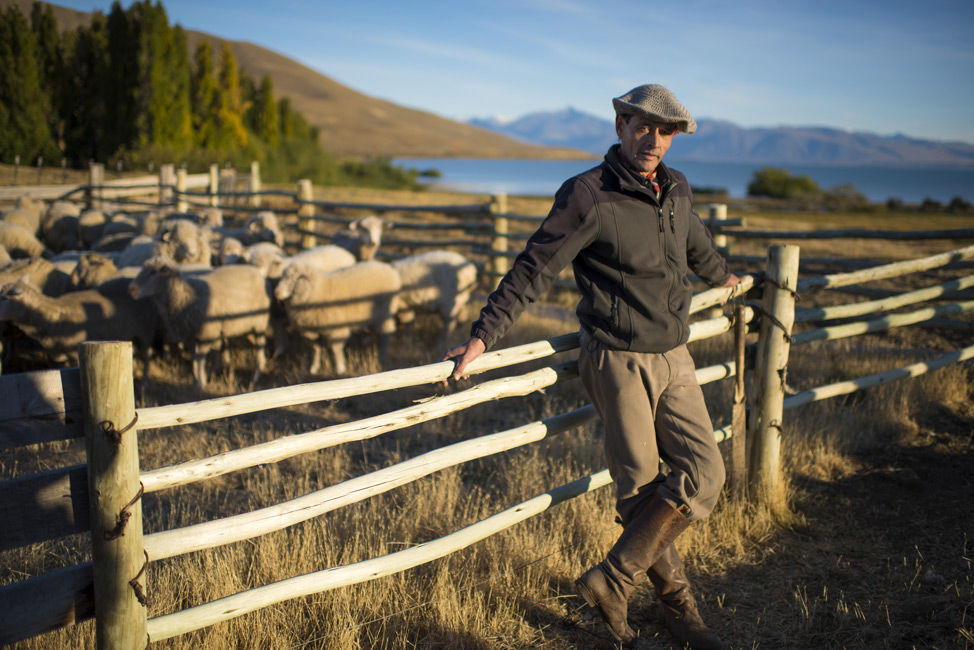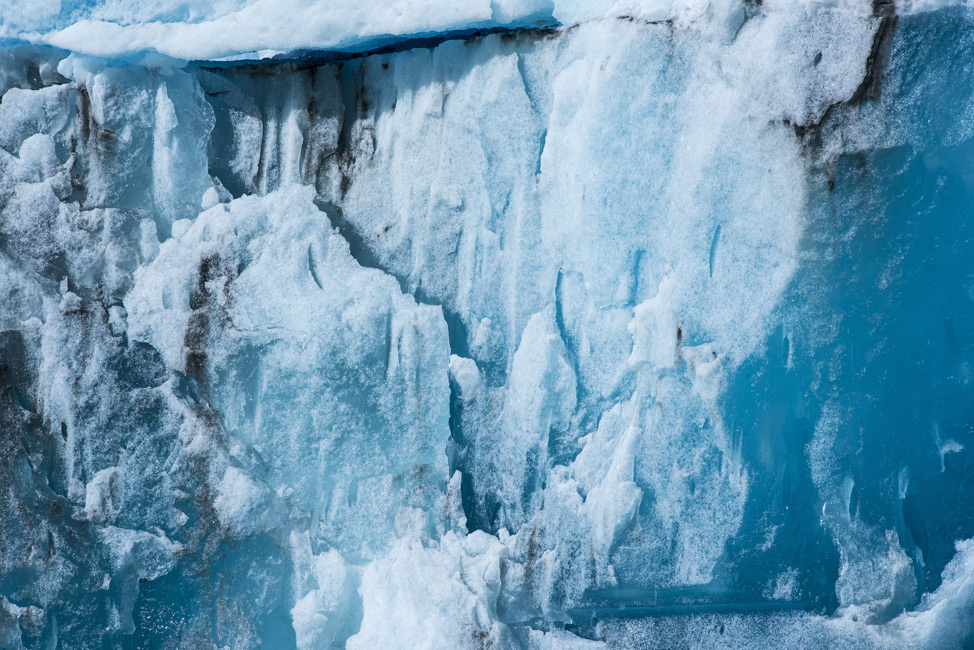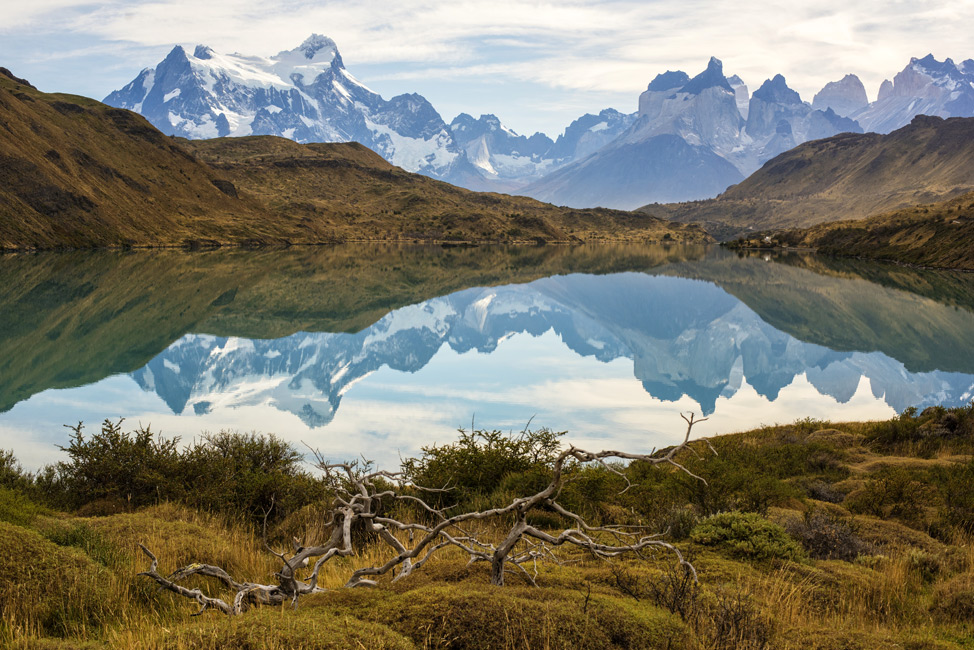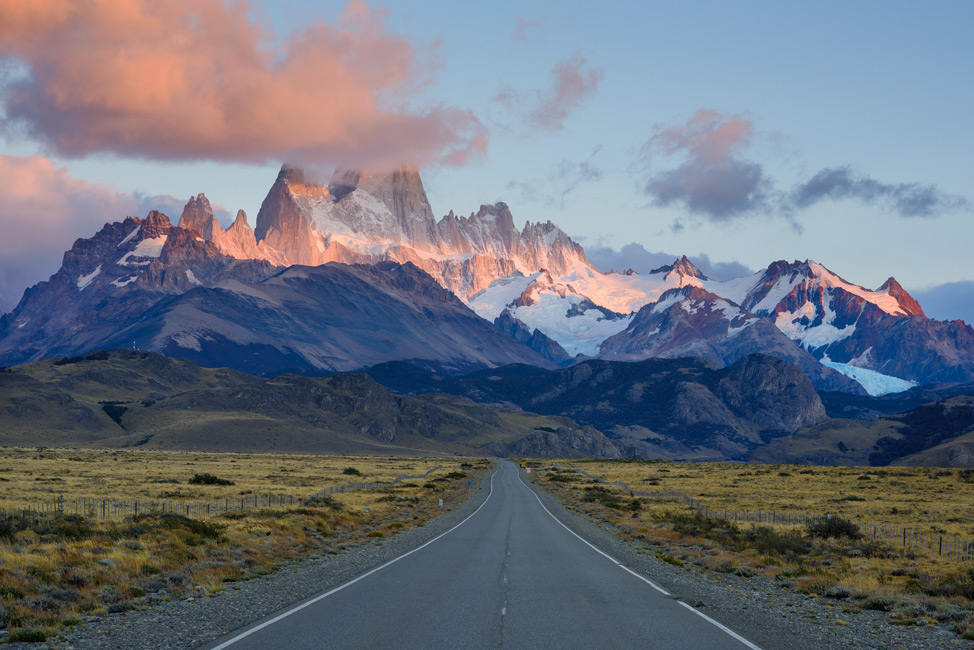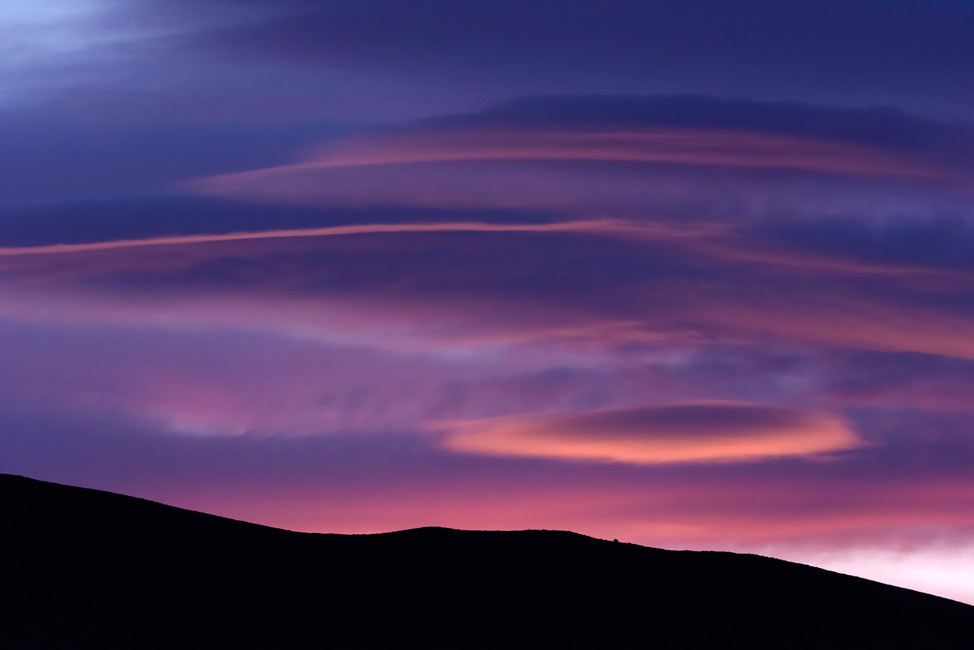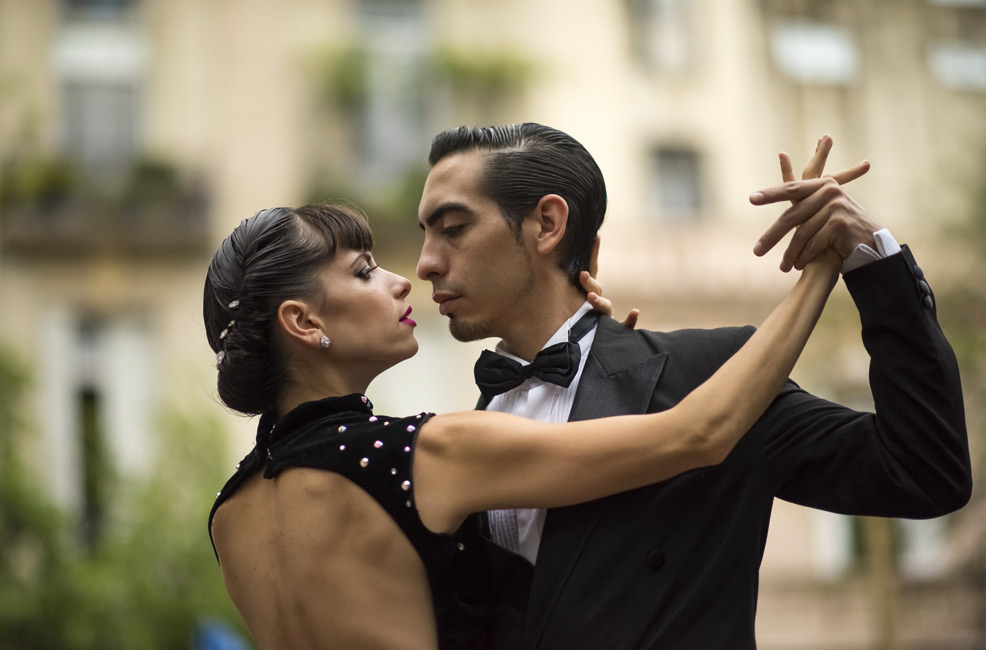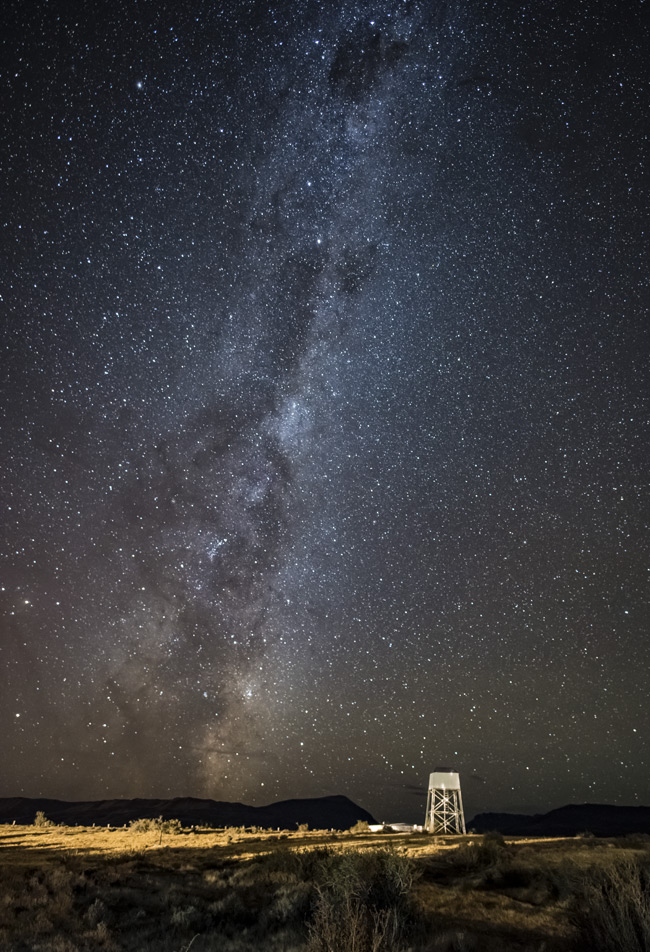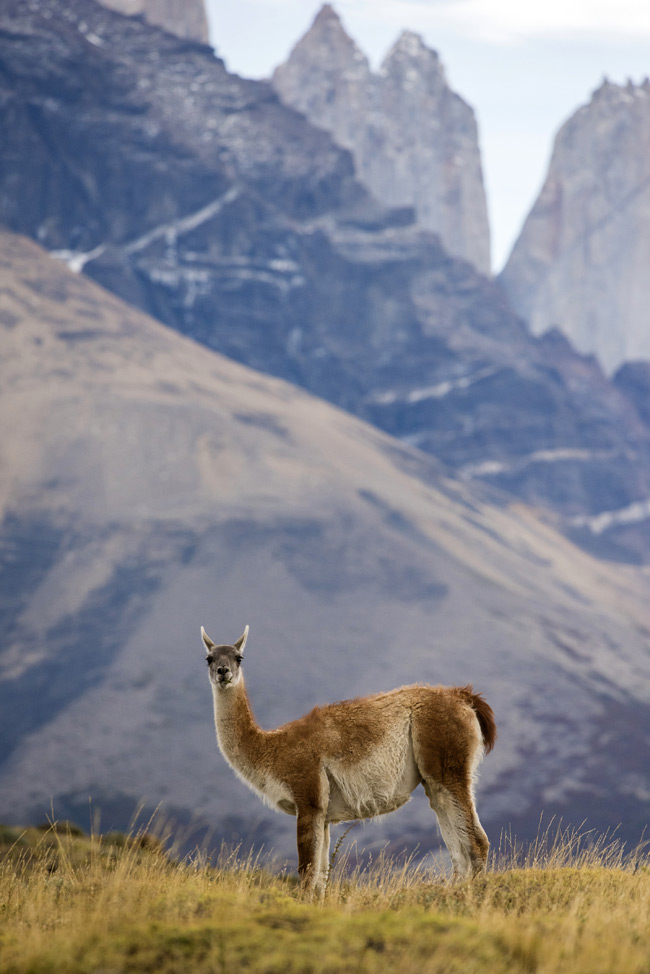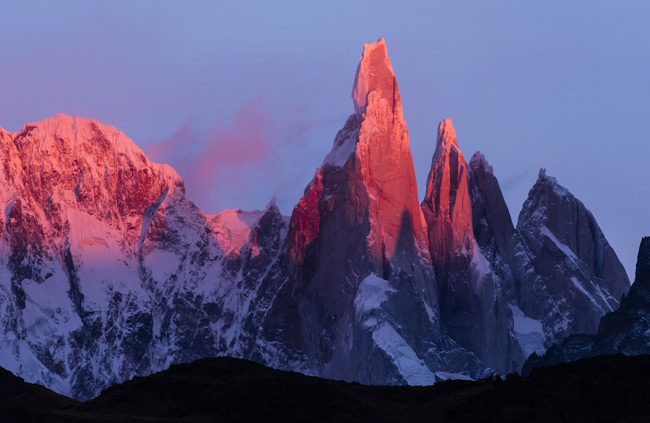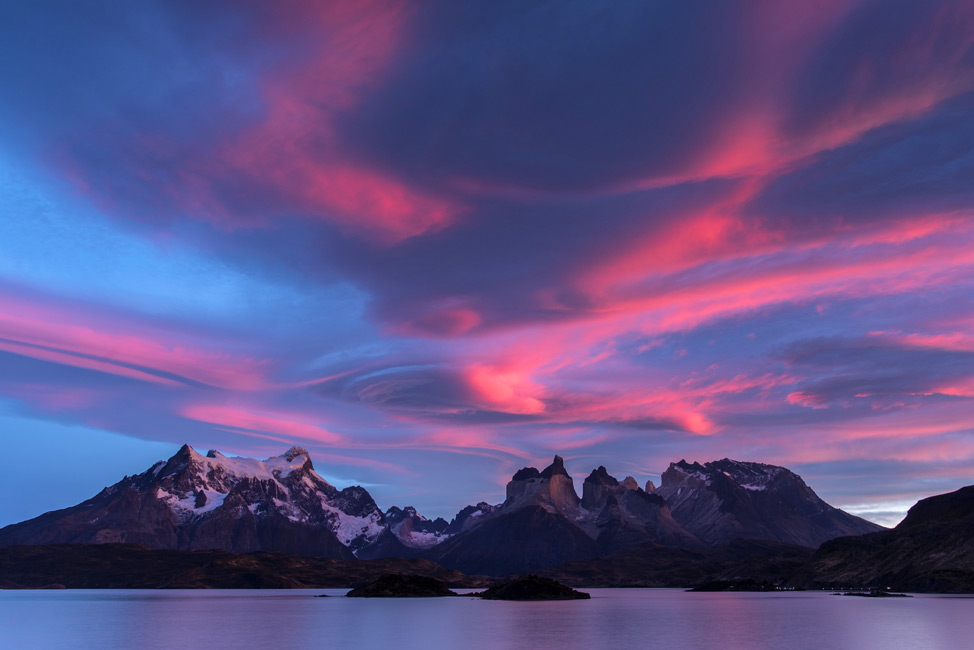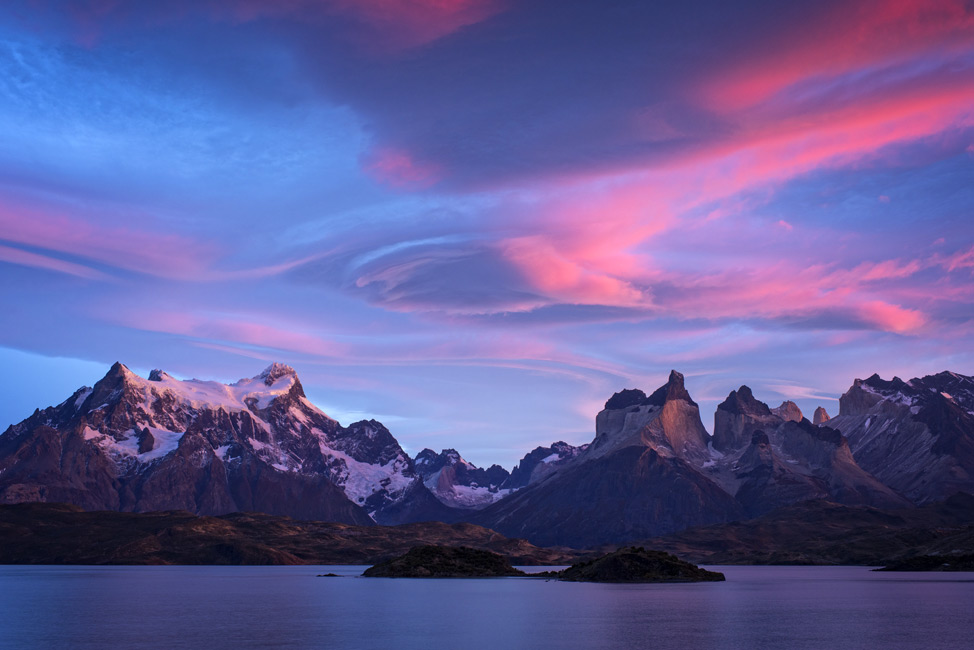Why Prime NIKKORs Are Now My Prime Traveling Companions
Photographers live in a zoom era. Armed with a 28-300mm, I can explore quiet cobblestone alleys in Italy or stalk howler monkeys in Costa Rican rainforests. Since I don't need to change lenses, I don’t worry about missing a shot. Except for extreme wide-angle images, I have the one right lens for the job.
Or do I?
My photography career started out in journalism, and intrepid journalists took a different approach. Prime lenses ruled the day. Henri Cartier-Bresson and Robert Capa created award-winning, iconic images using fixed focal length prime lenses, like the 50mm. Despite not being able to zoom, their images were stunning. Recently I wondered if zoom lenses had created a breed of photographer that relied on point-and-zoom instead of moving into the right spot for a better composition.
I decided to find out.
The Patagonia Experiment
I've been traveling to Patagonia for over 20 years, leading workshops and photographing stunning windswept landscapes, turquoise glaciers and rich gaucho culture. For recent trips I've packed my favorite NIKKOR zooms—the 14-24mm, 24-70mm and 70-200mm; all are f/2.8 lenses. Reviewing metadata confirmed I'd shot about 85 percent of my images with those three lenses.
But on my most recent trip I tried something different. I decided to leave all my zooms at home and carry only prime lenses: the 20mm f/1.8, 35mm f/1.4, 50mm f/1.8, 85mm f/1.4, 105mm f/2.8 and 300mm PF f/4. So instead of three zooms and 1.4X teleconverter, I boarded the plane with six primes.
I know what you're thinking, and I was thinking it, too: what about weight? Lighter is always good when it comes to packing camera gear, and I was concerned that carrying the primes instead of the zooms would make for a heavier carry-on. But I was pleasantly surprised to find that my six primes weighed in at a pound lighter than the zooms and the teleconverter.
The Field Test
So: lighter; in most cases faster; with a versatile selection of focal lengths. That was a good start—in theory. What really mattered was field performance. Would shooting prime lenses help, hinder or come up neutral for my photography on this Patagonia trip?
On the workshop's first day in Argentina we photographed two amazing champion tango dancers in colorful settings around Buenos Aires. The dancers performed slowly to allow the group to get some great shots. I started with my 35mm lens and instantly felt the restrictions of shooting with a fixed focal length. I was getting great environmental shots, with colorful backgrounds behind the dancers, but I was missing tighter shots. If I'd had my 24-70mm, I would have been able to get both.
But when I switched to my 85mm, I was able to effectively get closer, and I could shoot wide open at f/1.4 to blur the backgrounds, which was a real help. At one point there were some interesting apartment buildings behind the dancers, but the balconies and windows merged with the dancers and created cluttered images. Shooting at f/1.4 I was able to blur the backgrounds enough to eliminate distractions. No other aperture would work as well as f/1.4 to create this beautiful bokeh quality and background separation.
Perpetual Motion
As the days passed, one thing became very obvious about shooting with prime lenses: you move around a lot. If you want to zoom, you zoom your feet.
Initially I missed being able to zoom in and out from the same spot, but as I started moving more to get the right angle with my primes, I starting seeing new perspectives and angles I wouldn’t have seen had I been zooming from that spot. This was especially true with the 20mm, 35mm and 50mm lenses. While telephoto zoom lenses were nice to quickly zoom in or out for wildlife, changing positions with the 20mm, 35mm and 50mm focal lengths had a lot of advantages. I found myself shooting from viewpoints I'd never seen on previous trips to Patagonia, and my portfolio of images began to take on a different look and feel.
Shooting the Stars
Patagonia is a vast, sparsely populated area of southern Chile and Argentina. Large ranches, called estancias, are spread throughout the rolling hills, grasslands and jagged peaks. Since there is very little light pollution, star photography is spectacular.
Photographing in low light, or at night, is a well-known benefit of using fast prime lenses. Focusing in low light with an f/1.4 lens versus an f/2.8 demonstrates that fact, as an f/1.4 lets in two stops more light, allowing the camera to focus in lower light—and shoot at faster shutter speeds.
I really liked using my 20mm f/1.8 for star shooting in Patagonia. The Milky Way was bright and easily visible in my viewfinder, making compositions a snap. And shooting at faster shutter speeds meant I could reduce the effect of the stars' motion during relatively long exposures.
The Prime Question
After two weeks of shooting with prime lenses in Patagonia, I came home with different shooting habits. I'd moved around a lot, found new angles and captured better portrait images. I became hooked on the beautiful, creamy bokeh of shooting wide open at f/1.4, which was something none of my zoom lenses could match. Low-light photography was easier than ever before, and autofocus performance went from excellent to superior.
Okay, I did miss the versatility of my zooms, and truth be told, I missed a few shots without those lenses. But the prime lenses provided options and opportunities my zooms couldn't offer.
I’m already planning my next trip to Patagonia, and this time I'll be taking a combination of primes and zooms. Most of my wide-angle and portrait shooting will be with primes, and for longer shots I’ll have my 70-200mm f/2.8 and the 1.4X teleconverter along with my 300mm PF f/4 NIKKOR.
The best prime lens choice for you depends on what you like to photograph, but I'd suggest that If you want to see what a prime lens can offer you, start by trying out a 50mm f/1.8. It's a great value, and it offers the prime advantages of light weight, super sharpness and great low-light performance.
I think that like me, you'll appreciate and enjoy the prime advantage—with a little help from a zoom or two.
Nighttime at the sheep ranch near El Calafate. D810, AF-S NIKKOR 20mm f/1.8G ED, 25 seconds, f/2, ISO 2500, manual exposure, Matrix metering.

